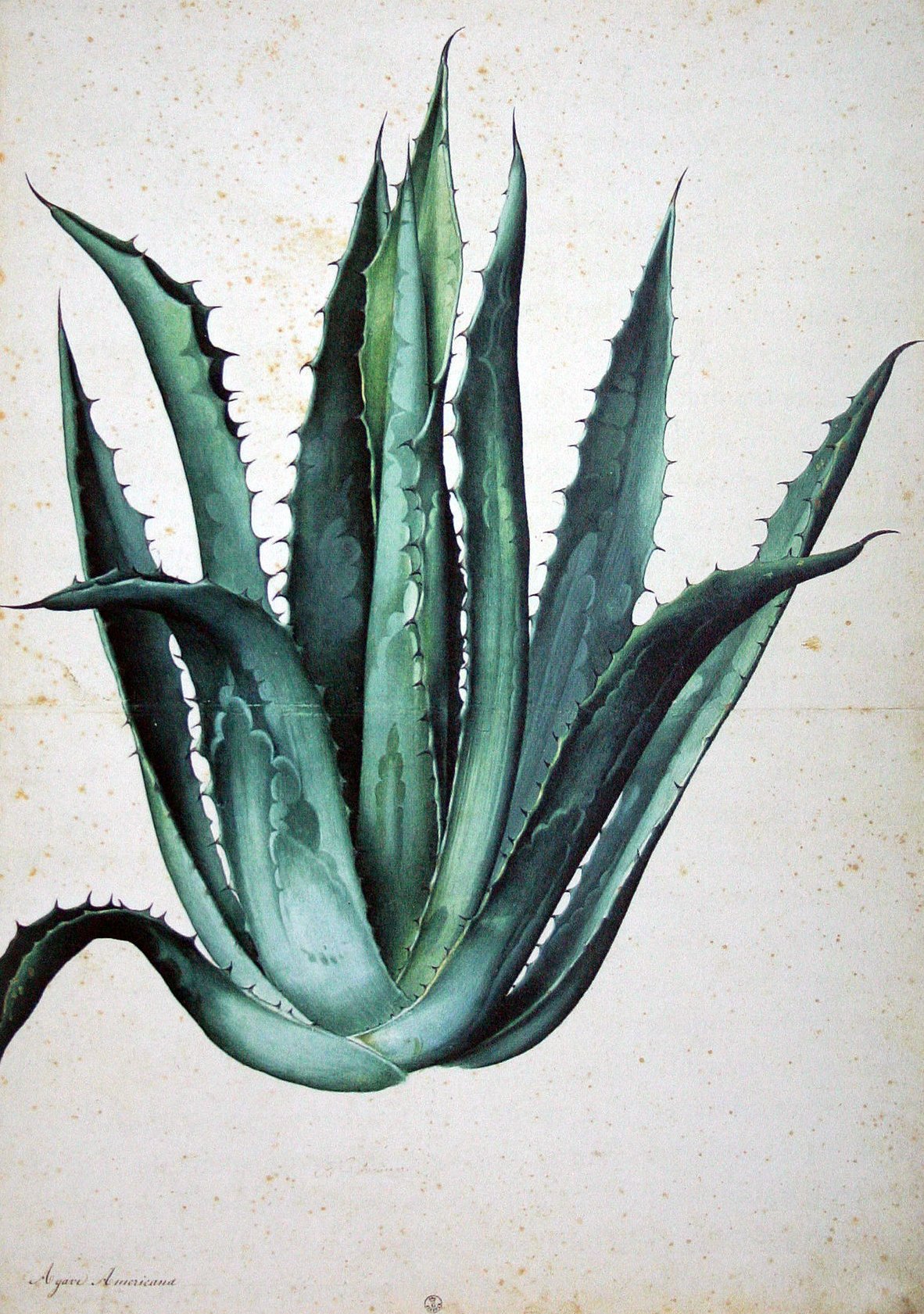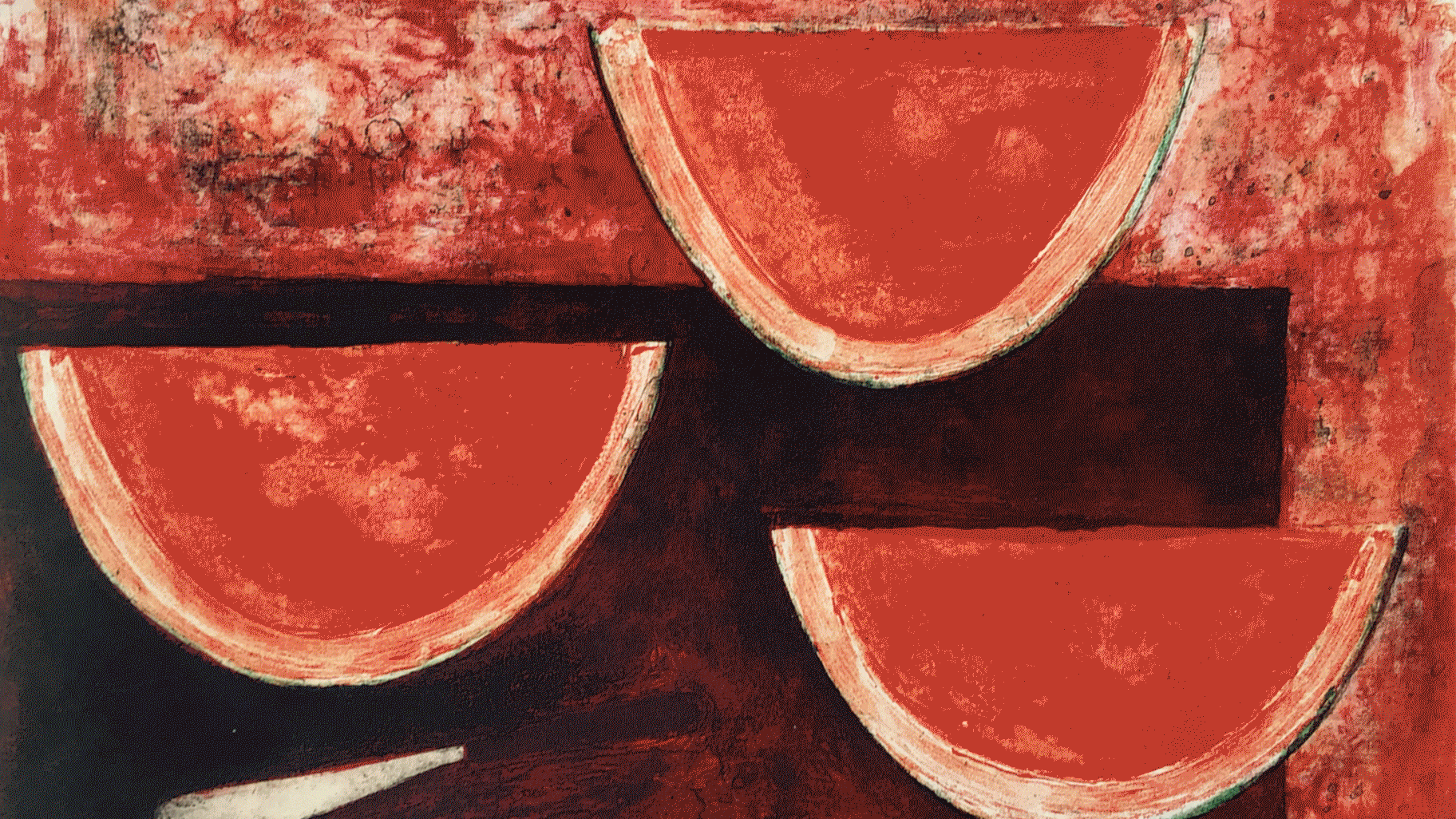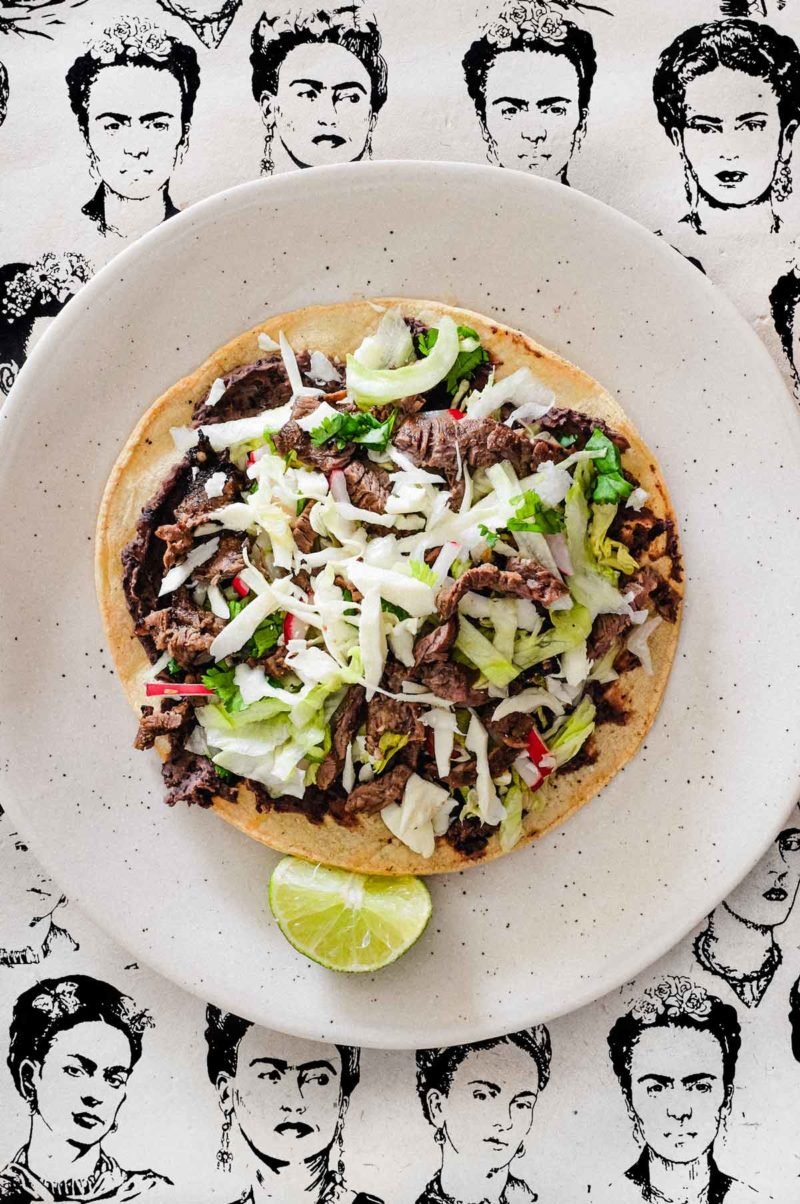A CELEBRATION OF AWAMORI & MEZCAL
A mash-up at the cosmic crossroads of creation
What if Awamori from Okinawa met Mezcal from Oaxaca? Would it sound like music? What is music? What is art?! Welcome to the "cosmic crossroads" with the conceptual performer and saxophonist Steve Vanoni and discover the new and the unexpected. Minds blown!
MEZCAL
EASILY one of the most complex and misunderstood liquors.
A few Awamori + Mezcal cocktails that will blow you away.

Agave is derived from the Greek “agavos” meaning "illustrious." Salmina, an historic wild variety, is grown in the state of Oaxaca by indigenous farmers on steep hillsides and is a key ingredient that has been used to make Mezcal for centuries.

A prodigious synthesizer of ancient and contemporary ingredients, Rufino Tamayo (1899-1991) was a painter and printmaker of Zapotec heritage known for his large-scale murals and vivid use of color. Favorited by Audrey Hepburn, we think he’s the closest anyone has come to accurately expressing the proverbial soul of Mezcal in visual expression. Salud!
El Museo de Arte Prehispánico de México










